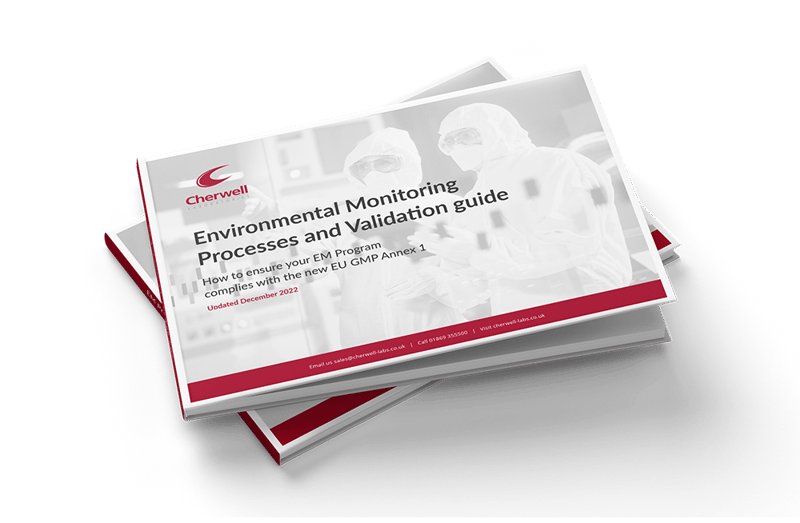Environmental monitoring is one of the key sampling methods used to monitor the systems put in place to control the level of environmental contaminants in a cleanroom. The number of viable bacteria recovered should not be used in isolation when reviewing environmental monitoring trends, the type of bacterial isolates recovered should also be considered. Choice of disinfection for the cleanroom is also a critical control so efficacy studies should include environmental contaminants seen in your facility, demonstrating the effectiveness of the disinfectant against environmental isolates recovered from your own cleanroom is best practice. However, the identification, storage and verification can be a challenge.
Isolating micro-organisms from your environmental monitoring
Environmental monitoring would include active air sampling, settle plates and contact plates and these will depend on the area being monitored as would the frequency of each sampling method. Following incubation, any growth seen would be recorded in terms of colony-forming units and the type of bacteria seen should also be identified and recorded to enable a holistic overview of the bacteria typically seen and may influence root cause / corrective actions when unusual isolates are recovered.
Environmental Isolates Identification
Conventional phenotypic or commercially available phenotypic kits should be used to aid identification. The choice of test might be influenced by the bacteria seen. Most environmental bacteria are easy to identify to genus level based on Morphology, grouped with a catalase, oxidase and gram stain. Commercially available kits can be used and will help identify the genus and may report on the species. These kits and their ability to identify bacterial isolates depends on the information held within the kit's corresponding database, as such miss identification can occur. Therefore, it is crucial to review the morphology and gram stain alongside the commercial identification and not in place of.
Some cultures may need to be subbed from the initial environmental plate in the event these are mixed before identification can commence. Use a non-selective media, without neutralisers where possible, and ensure the culture is given the same growth conditions as the original environmental plate to aid recovery. It is important to understand that the number of subcultures an isolate is exposed to carries a risk of phenotypic or genetic drift, which can impact on the characteristics expressed by the culture when undertaking phenotypic or genotypic identification, typically one sub-culture should be sufficient for purifying a potential mixed culture. It is also important to know the cultures which are likely to express morphology variability and not to miss identify these as mixed cultures.
Storage and Preservation of Environmental Isolates
Following identification, retaining and storing the culture needs consideration. This is useful when undertaking disinfectant qualification, verification or undertaking in staff training. Cultures can be subbed onto agar slopes, typically in universals containing the appropriate agar/nutrients. Following incubation, these are then stored at room temperature until needed. Other cultures can be stored on commercially available preservation beads which, following inoculation, are stored frozen. The storage or preservation method may depend on the culture, so the choice of preservation should be validated to verify the preservation method and subsequent recovery of the culture. This verification should also consider any potential risks in phenotypic or genotypic drift that can occur when cultures are subjected to a change in environment.
Following the initial storage, it is critical to verify no contamination has been introduced during the storage or preservation method. Plating out the culture and checking for purity should be undertaken, from which the phenotypic tests undertaken on the original culture pre-storage/preservation should be repeated and verified against the original results.
Records pertaining to what has been stored needs consideration to ensure traceability is maintained. The retrieving of data should also be considered and where necessary should form part of the local records and retention procedure.
Once cultures have been preserved these need to be managed and periodically checked for viability, discarding any non-viable cultures and replacing them with new ones.
Understanding the environmental bacteria in your cleanroom and having the ability to retain these as preserved cultures can be beneficial. How cultures are maintained and how these can affect performance outcomes is an important consideration and demonstrating these have been considered, can add confidence to data generated especially if these are used in disinfection qualification or as a training tool.
For a more in-depth look at growth promotion testing and why it is essential, download our free eBook.







